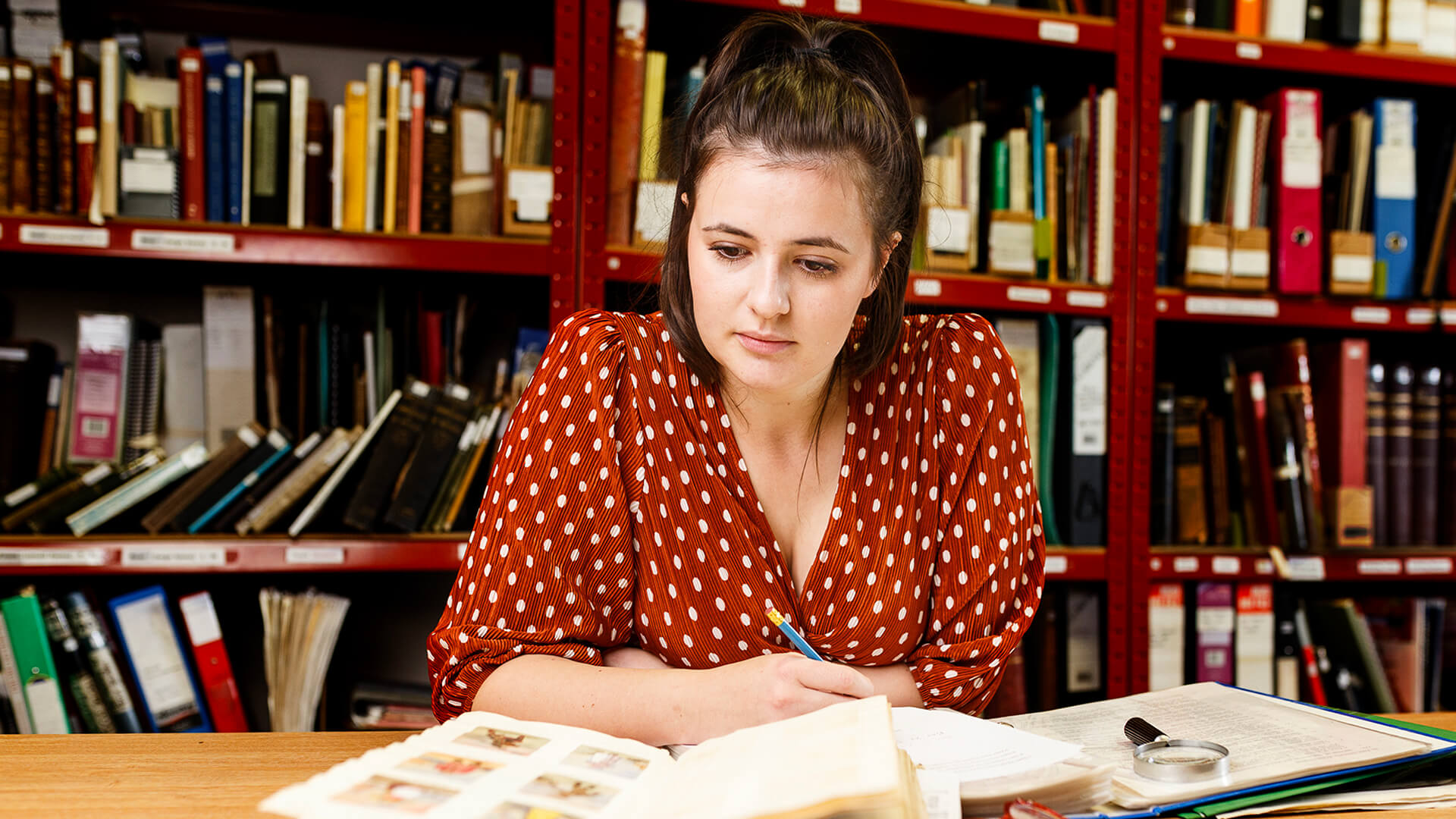Trinity School museum visit
When children from Trinity School visited the museum recently they were shown how Frome had changed over the years.
They learned out about the woollen and metal industries in Frome and had the opportunity to handle some of the objects from the museum’s collections.
They had great fun participating in hands-on activities to learn about the Garston Vets Practice and the role of animals in the past .
Finally they had time to explore the museum’s exhibits, including the town model. The old telephones proved to be of particular interest!

Calling all researchers!
Following several years of development by a team of expert volunteers, the museum’s new online collections catalogue, with tens of thosands of records covering the history of Frome, is now available to all public researchers.
Accessible online via this website, Axiell Collections is faster in terms of searches and downloads than the previous system and will futureproof the museum with its ability to supports new technical developments in the future.
Together with this year’s refreshed branding and new approach to exhibitions and events, it strengthens the museum’s reputation as one of the most advanced small museums in the south west.

